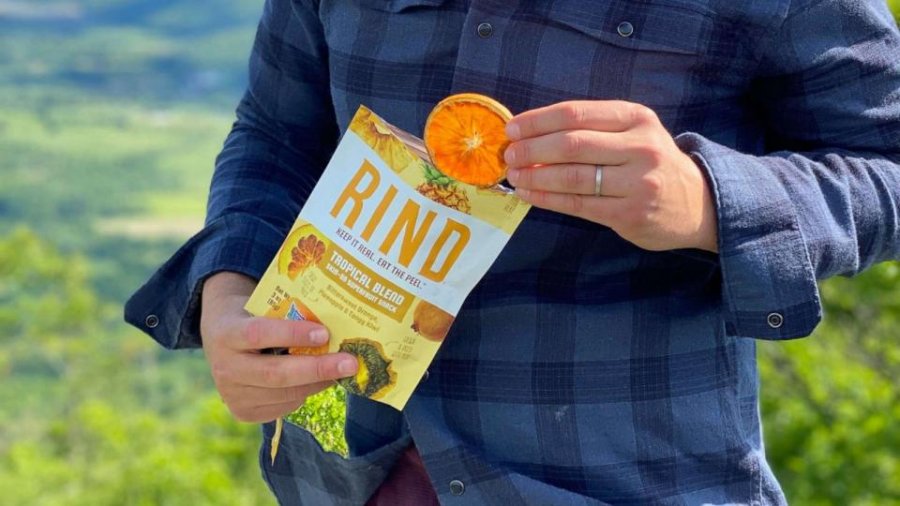

The food industry continues to evolve at an unprecedented pace, and 2025 is no exception. This year, culinary innovation is driven by sustainability, health consciousness, and a return to traditional techniques with modern twists. Here are the top five food trends shaping our plates and palates in 2025:
1. Sourdough Beyond Bread
Sourdough, once synonymous with rustic loaves, is taking on new roles in the culinary world. Chefs and home cooks alike are experimenting with sourdough in unexpected ways, incorporating its tangy, fermented essence into pancakes, crackers, and even pasta. Sourdough fermentation not only enhances flavor but also improves digestibility, making it a versatile base for creative recipes. Think sourdough-infused pizza crusts, savory waffles, and artisanal pastries with a probiotic twist.
2. Protein Innovations: Beyond Meat and Dairy
As the global demand for protein continues to rise, innovators are stepping up with groundbreaking alternatives. While plant-based meat and dairy substitutes remain popular, 2025 sees the emergence of precision fermentation and lab-grown seafood. These advancements promise to deliver the taste and texture of traditional proteins with a fraction of the environmental impact. Additionally, insect-based protein is gaining mainstream acceptance, offering a sustainable and nutrient-dense option for snacks and meal components.
3. Upcycled Ingredients: Reducing Food Waste
Upcycling—the process of transforming food byproducts into edible products—is at the forefront of sustainable eating. Companies are finding creative uses for coffee grounds, fruit peels, and vegetable pulp, turning them into nutrient-rich flours, snacks, and beverages. This trend not only minimizes food waste but also highlights the potential of overlooked resources. Consumers can now enjoy products like banana peel bacon, spent grain crackers, and coffee-flavored energy bars, all while contributing to a circular economy.
4. Functional Foods with a Focus on Mental Health
Functional foods that promote gut health have been trending for years, but 2025 sees a shift towards foods targeting mental well-being. Ingredients like adaptogenic mushrooms, ashwagandha, and saffron are being incorporated into everyday items like teas, chocolates, and smoothies. These mood-boosting and stress-relieving components cater to the growing consumer interest in holistic health, addressing the connection between diet and mental wellness.
5. Hyper-Regional Cuisines: Celebrating Local Flavors
In a globalized world, there’s a renewed appreciation for hyper-regional cuisines—dishes that celebrate the unique flavors of specific localities. Chefs are diving deep into regional traditions, unearthing forgotten recipes and ingredients. From the indigenous grains of South America to the spice blends of Southeast Asia, these hyper-local flavors are making their way onto global menus. This trend fosters cultural appreciation and provides a sense of authenticity in an increasingly homogenized food landscape.
Conclusion
The food trends of 2025 reflect a blend of innovation, tradition, and responsibility. From sourdough’s versatile evolution to the rise of upcycled ingredients and mental health-focused functional foods, the culinary world is embracing creativity and sustainability. As consumers become more informed and intentional about their choices, these trends are set to redefine how we eat and connect with food. The future of dining is not just delicious—it’s purposeful.
28/01/2025 10:35 189

.jpg)

-450px.jpg)

-450px.jpg)